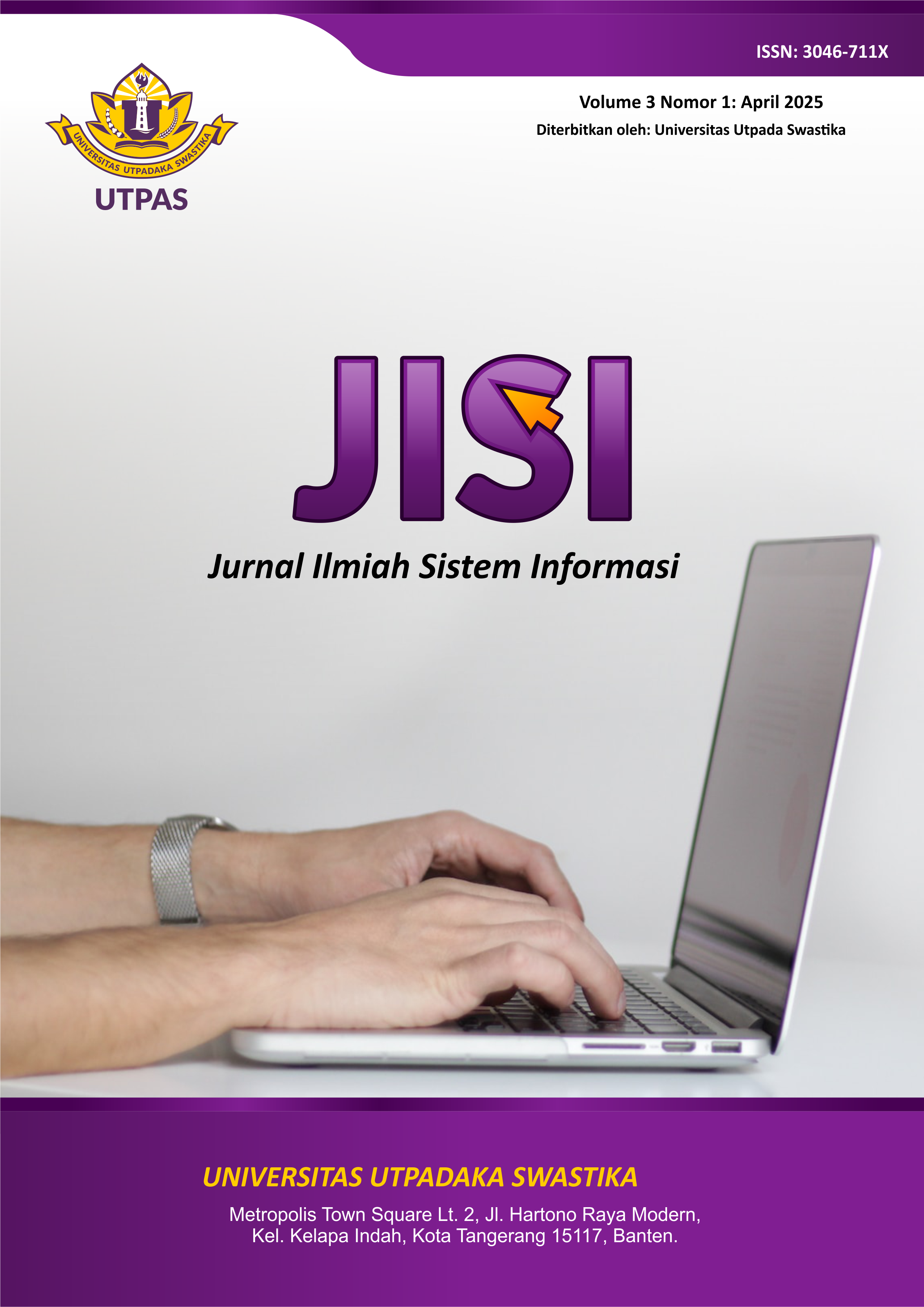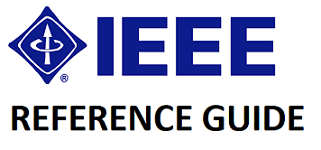Implementation of Regression CART Decision Tree for Best Cycling Time Recommendation Based on Weather Data
DOI:
https://doi.org/10.70429/sjis.v3i2.233Keywords:
Data Mining, Decision Tree, Cycling Recommendation, Mobile Application Prototype, Regression CART, Weather DataAbstract
Cycling requires careful time planning to ensure safety and comfort, especially when considering
weather conditions such as temperature, wind speed, and overall weather status. However, cyclists
often struggle to determine the optimal time to ride due to the lack of accurate and easily accessible
recommendations. This study aims to design and implement a mobile application that recommends
the best cycling time based on real-time weather data. The system applies the Regression CART
Decision Tree method, trained using hourly temperature, wind speed, and weather condition
parameters. Unlike classification approaches, Regression CART Decision Tree produces a
continuous percentage score indicating the suitability level of each hour for cycling. Real-time data
is obtained via the OpenWeatherMap API to maintain accuracy. The developed prototype displays
hourly weather data along with the recommendation percentage, helping users plan their rides more
effectively. Model evaluation shows that the Regression CART Decision Tree achieved high accuracy
with a low Mean Absolute Error (MAE) and strong correlation between predicted and actual
suitability scores. The results confirm that the model performs consistently in various weather
scenarios. Overall, the system successfully delivers reliable, data-driven recommendations, assisting
cyclists in selecting the safest and most comfortable cycling times.










